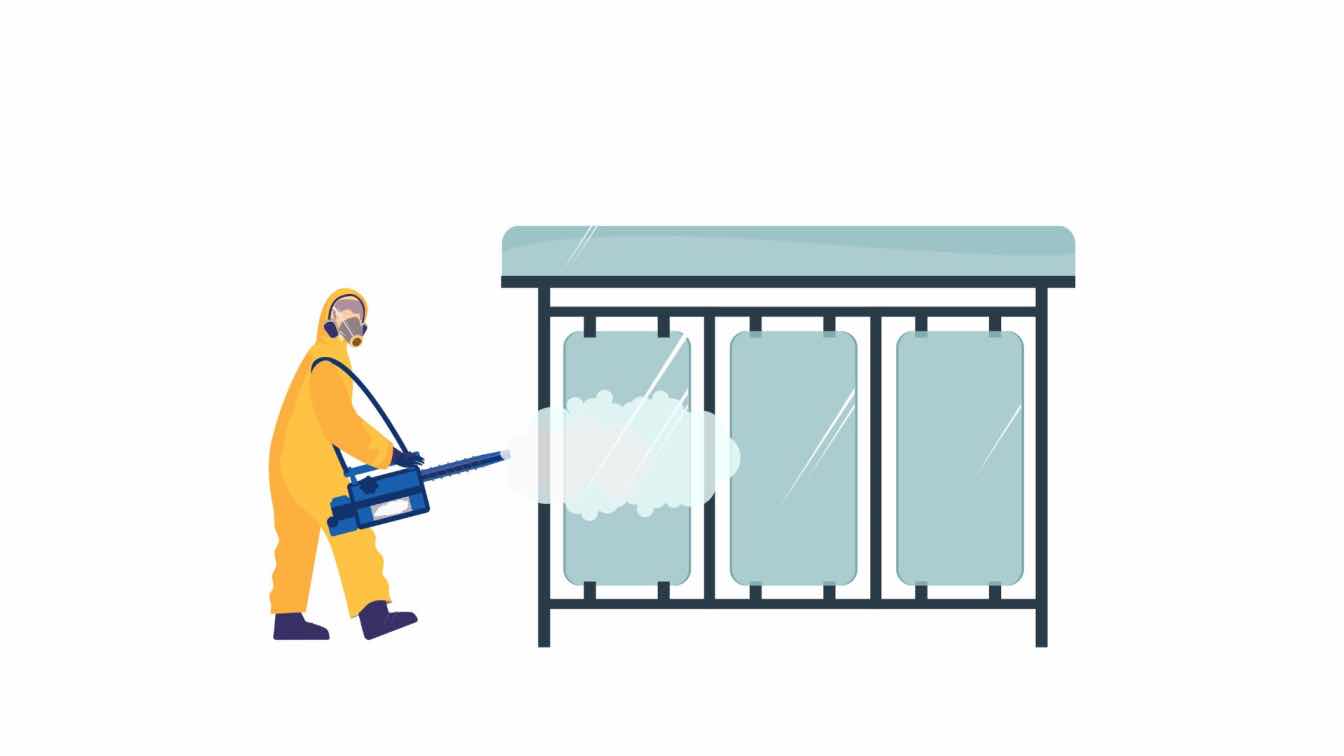Dust is an ever-present nuisance, infiltrating our homes, workplaces, and the environment. It originates from various sources, including construction activities, industrial processes, agricultural practices, and natural phenomena like wind erosion. While seemingly innocuous, dust poses significant health risks, triggering allergies, and respiratory issues, and even contributing to long-term conditions like silicosis. Moreover, dust accumulation can damage machinery, compromise product quality, and create unsafe working environments.
To mitigate these adverse effects, a range of dust control products has emerged, offering innovative solutions to manage and minimize dust. These products utilize different scientific principles to suppress, agglomerate, collect, or otherwise neutralize dust particles. Understanding the science behind these products is crucial for selecting the most appropriate and effective solutions for specific dust control needs.
Beyond a Duster: Effective Dust Control Strategies for a Healthier Home
Dust is a ubiquitous, often unseen menace composed of a complex mix of particles. These particles originate from various sources and differ in their size and composition. Organic matter, such as pollen, skin cells, and pet dander, mingle with minerals like silica and chemicals from industrial processes. The resulting dust particles can range in size from coarse, easily visible specks to microscopic fragments that float in the air, are easily inhaled, and are potentially harmful to human health.
Dust particle size is a crucial factor in determining its behavior and impact. Larger particles, classified as inhalable, tend to settle quickly due to gravity and are primarily irritating to the eyes, nose, and throat. However, smaller, respirable particles pose a more significant risk. These fine particles can penetrate deep into the lungs, where they can trigger or worsen respiratory conditions like asthma and bronchitis.
The behavior of dust particles is influenced by several factors, including their size, shape, and density. Dust particles readily become airborne through various activities, such as walking, cleaning, or construction work. Once airborne, these particles can remain suspended for extended periods, circulating in the air and settling on surfaces throughout the environment. Understanding these characteristics is crucial for developing effective dust control strategies and utilizing dust control products that can mitigate the potential harm caused by these tiny, pervasive particles.
Dust Control for Construction Sites: Keeping the Air Clear and Workers Safe
Dust control involves diverse strategies to minimize airborne particles. Suppression, a fundamental method, involves applying water or other liquids to weigh down dust. This prevents particles from becoming airborne, reducing dust clouds. Surfactants can enhance water's effectiveness by improving its penetration and distribution. Suppression is commonly used in construction, unpaved roads, and mining.
Agglomeration is another approach, binding individual particles into heavier clusters. This is achieved using chemicals like polymers or hygroscopic compounds, such as bulk calcium chloride. These substances attract and hold moisture, creating a bond between dust particles. The resulting agglomerates are less likely to become airborne and are easier to remove. Agglomeration is particularly effective for fine, powdery dust.
Filtration is crucial, especially indoors. Air filters and dust collectors use various mechanisms, like mechanical filtration and electrostatic attraction, to trap particles, preventing recirculation. Efficiency varies depending on the filter type, with HEPA filters being highly effective.
Less common methods like electrostatic precipitation and ionization also exist. These involve using electrical charges to attract particles or alter their properties for easier removal. While specialized, they demonstrate ongoing innovation in dust control technology.
Dust Control for Every Environment: Finding the Perfect Solution for Your Needs
Selecting the appropriate dust control product requires careful consideration of various factors. The specific composition and properties of the dust, whether it's organic, mineral, or chemical-based, play a crucial role in determining the most suitable solution. The intended application environment, whether it's an indoor space, a construction site, or an unpaved road, will also influence the choice of product. Environmental considerations, such as potential impacts on water resources or surrounding vegetation, should be factored into the decision-making process.
Matching the product to the specific dust control challenge is paramount. For instance, hygroscopic compounds like melt salt may be ideal for attracting and retaining moisture in arid environments, while polymer-based binders might be better suited for consolidating fine dust particles in industrial settings. The effectiveness of any dust control strategy hinges on selecting products of high quality that are both safe for workers and the environment.
Additionally, proper application and maintenance are vital for achieving optimal results. This may involve adhering to manufacturer guidelines for product dilution, application rates, and frequency of use. Regular inspection and maintenance of equipment like filters and spray systems are essential to ensure continued performance and longevity.
Dust Control Gets Smart: How Data and Technology Are Transforming the Industry
The field of dust control is not static, with ongoing research and development leading to innovative technologies that promise to revolutionize how we manage airborne particles. Nanotechnology, for example, offers the potential to create highly efficient filters and coatings that can trap even the smallest dust particles. Smart sensors, integrated into dust control systems, can monitor real-time conditions, optimizing product application and reducing waste.
These emerging technologies hold the promise of improving dust control efficiency, making it easier and more cost-effective to achieve desired results. Moreover, they can contribute to sustainability efforts by minimizing the use of resources like water and chemicals. Additionally, advancements in data analytics can enable better decision-making for rock salt suppliers and other stakeholders, tailoring dust control strategies to specific environments and needs. The future of dust control is likely to be shaped by these innovations, offering new possibilities for mitigating the impact of dust on health, the environment, and industrial operations.
Conclusion
Dust control is not merely a matter of cleanliness; it is a crucial aspect of safeguarding health, ensuring safety, and maintaining productivity in various environments. Whether it's protecting workers on construction sites from respiratory hazards or ensuring the quality of products in manufacturing facilities, effective dust control is essential. By understanding the diverse mechanisms through which dust control products operate—from suppressing and agglomerating particles to filtering and capturing them—individuals and organizations can make informed decisions about the most suitable solutions for their specific needs. Continued research and awareness are paramount in selecting and implementing dust control strategies that promote healthier, safer, and more efficient working and living spaces.





